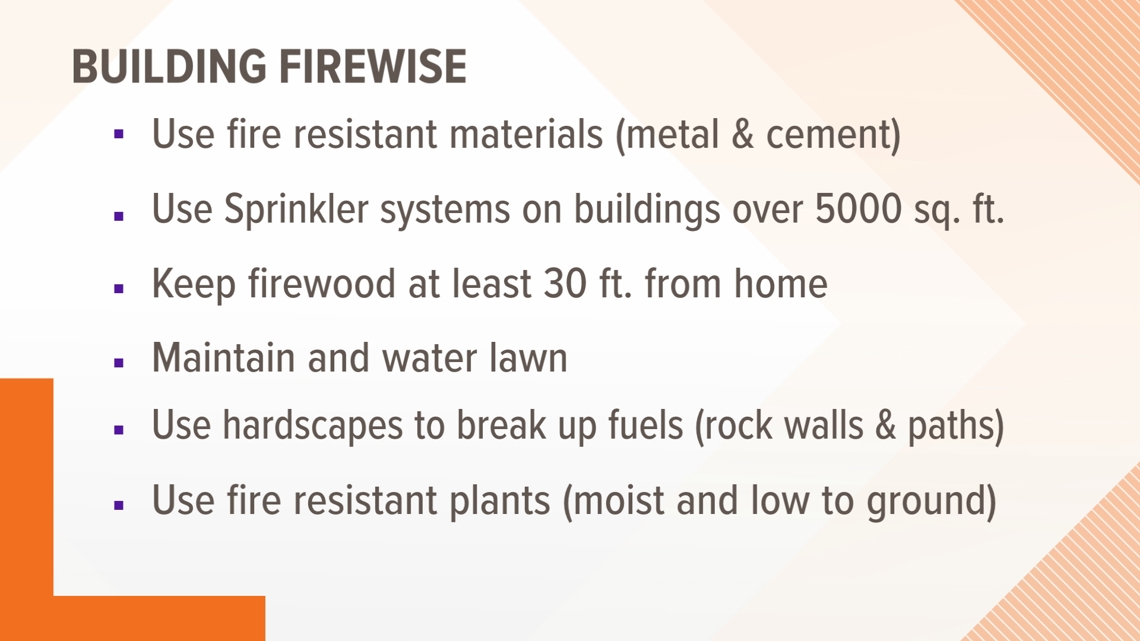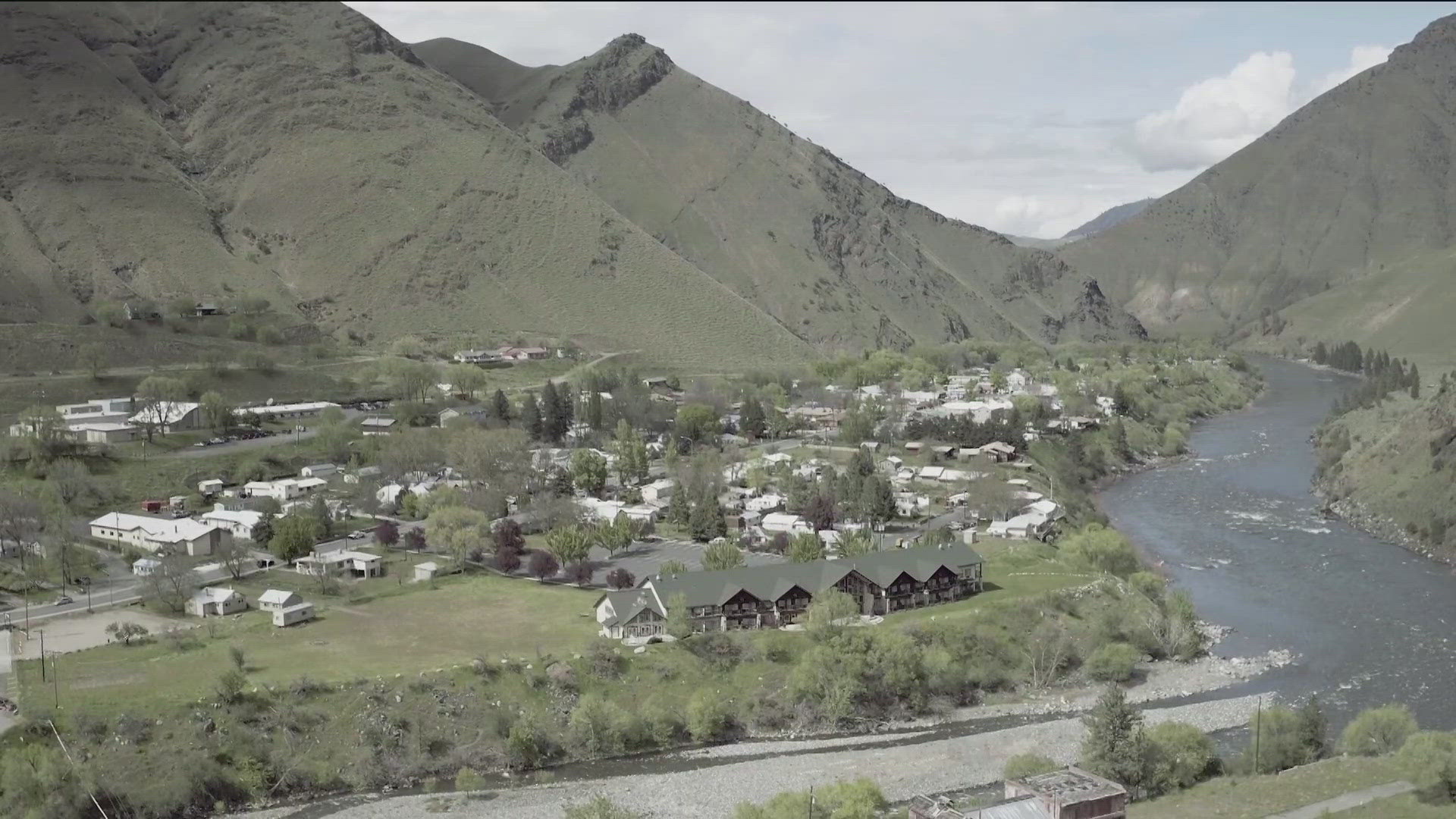BOISE, Idaho — People are building homes all over, including in and around our wilderness. It's a picturesque place to live, but it's also making things tougher on wildland firefighters.
New homes are popping up everywhere you turn, in downtowns, in suburbia, and in the wildland urban interface (WUI). The WUI is essentially where the natural environment like forests and rangelands meet housing developments. FEMA says as much as 40% of Idaho homes are in the WUI and that's growing. It's understandable. Who wouldn't want to live there?
But it's also creating major problems, according to Ivy Dickinson, the Executive Director of Idaho Firewise, "When homes exist in areas where fires are naturally expected to occur, they essentially become fuel for the wildfires."
Dickinson said wildfires are a natural fact of life in the wildlands of Idaho and can even help the ecology. So, fire managers will commit fewer resources to some smaller or remote fires. But as growth ramps up in the WUI, the number of remote areas in Idaho are shrinking.
And Dickinson said that means, "The area where we are willing to accept a wildfire is it becomes smaller and smaller."
That puts a lot more stress on resources and firefighters to battle more fires in a more aggressive way to try to save homes in the wildlands that weren't there a few years ago. "People have their houses and they invest a lot of money in property. They are unwilling to accept fires occurring in those areas, so it can lead to, ultimately, changes for ecosystem health, but also destruction of human property," said Dickinson.
So, should just stop building in the WUI?
"I'm not even sure that it's feasible to stop building in the WUI," answered Dickinson. “In an ideal world, it would be better if we could somehow get out of in front of the problem and have the development that's occurring in the WUI be a little bit more strategic and better planned. And, you know, it would be great if we could hold people to some sort of accountability standard for creating or building homes that are more likely to survive."
But there are things you can personally do right now and when building your home to reduce the chance of wildfires spreading and make it easier for firefighters to protect your place.


Firewise said to use fire-resistant materials like metal roofs and cement around your house. Automatic sprinkler systems on buildings larger 5,000 square feet are also a good idea. Also, keep flammable materials, like firewood, at least 30 feet from your home. Maintain and water your lawn; green short grass is much less likely to burn. Use hardscapes like rock walls and paths to break up stretches of plants. And while all plants can potentially burn, plants that are moist and low to the ground are much more fire resistant.
Bottom line, we all need to take some personal responsibility, because the growth of housing will not stop, not even in our wildlands. Dickinson adds, "People need places to live."
There is a lot more information on how you can be Firewise here.

